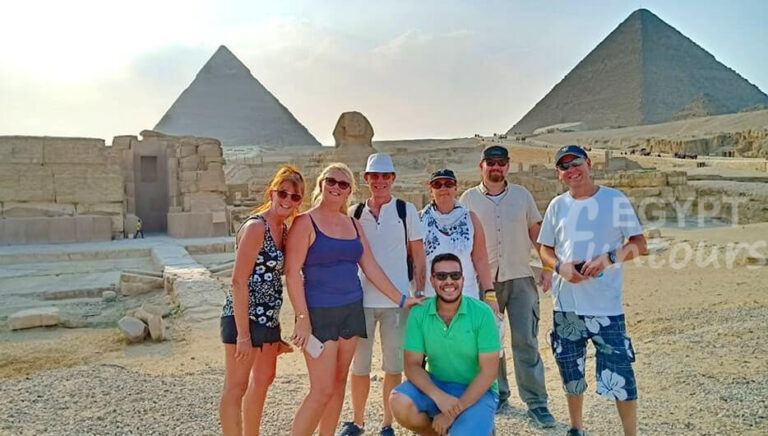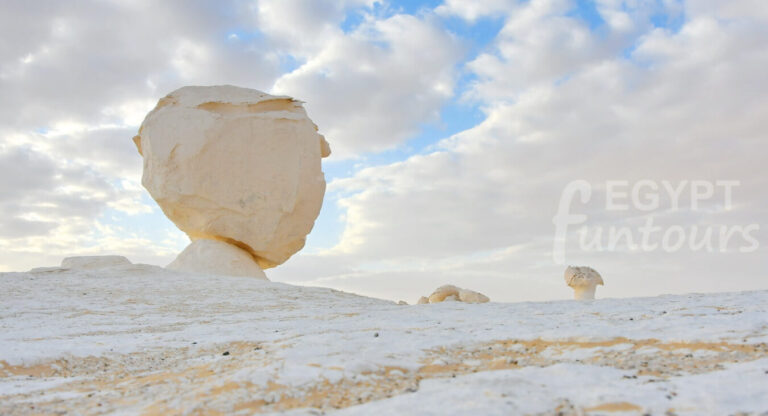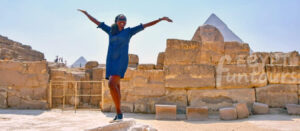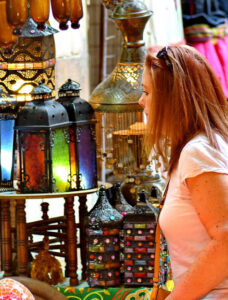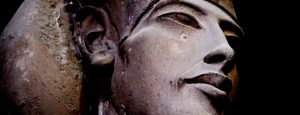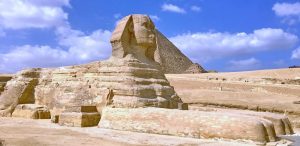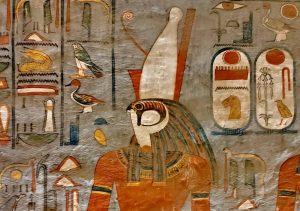The Egyptian Field of Reeds (A’aru) was the ultimate paradise—the ancient Egyptian concept of heaven. Far from being a cloud-filled repose, it was a perfect, eternal version of life along the Nile, achieved only after passing the treacherous journey through the Duat and successfully surviving the Weighing of the Heart ceremony presided over by Osiris.
Amazing layover Tour
We had 12 hour layover in Cairo, and our guide Hani waited patiently for us when we had a few visa issues entering the country! We got on our tour, and had the best experience ever! We saw the pyramids, the sphinx, Islamic Cairo and rode through the city! We









